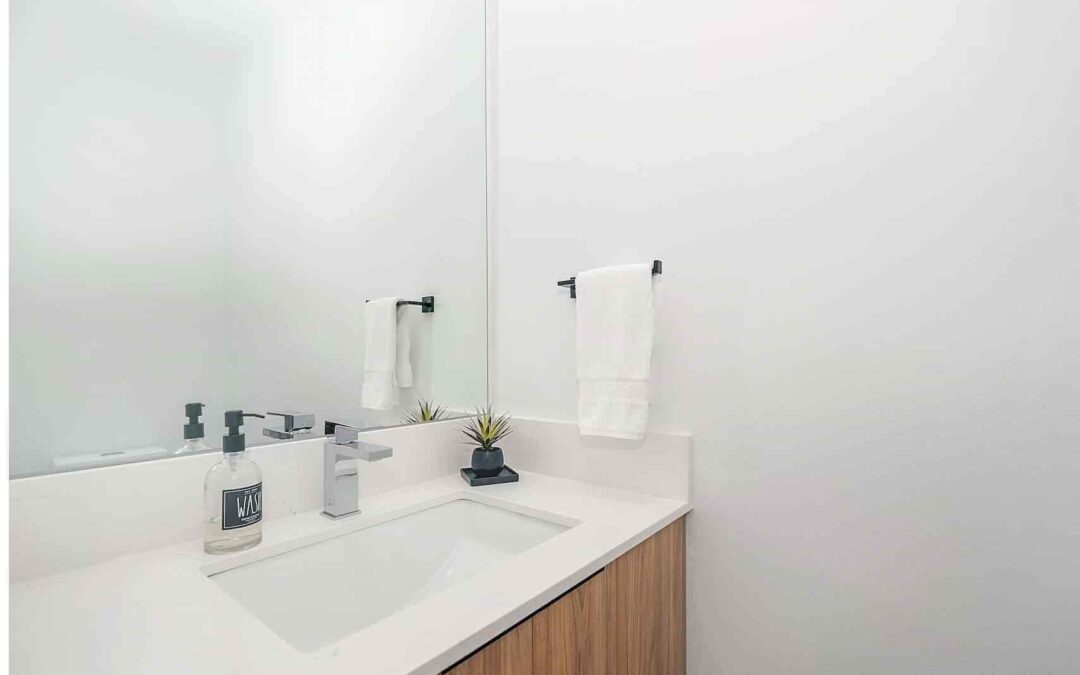Expansion tanks are an essential component of a well-functioning plumbing system. They help regulate pressure fluctuations and protect your water heater and plumbing fixtures from damage. In this blog, we will provide you with a step-by-step guide on bonding and installing an expansion tank, ensuring a smooth and efficient process. So let’s dive in and learn how to bond and install an expansion tank.
- Understand the Purpose of an Expansion Tank
Before proceeding with the installation, it’s important to understand the purpose of an expansion tank. In a closed plumbing system, as water heats up, it expands. Without an expansion tank, the pressure can build up, leading to potential damage to the water heater or other plumbing components. An expansion tank absorbs the excess pressure, preventing any potential issues.
- Gather the Necessary Tools and Materials
To successfully install an expansion tank, you’ll need a few tools and materials. These may include an adjustable wrench, pipe cutter or hacksaw, emery cloth or sandpaper, flux, solder, soldering torch, Teflon tape, pipe dope, and bonding clamps.
- Determine the Location
Identify the ideal location for the expansion tank installation. It should be near the water heater and positioned vertically. Ensure there is sufficient space and clearance for easy access and future maintenance.
- Shut off the Water Supply
Before starting any installation work, turn off the water supply to the plumbing system. Locate the main water shut-off valve and close it to prevent water flow.
- Install the Bonding Clamp
In some regions, bonding the expansion tank to the plumbing system is required for safety reasons. Attach a bonding clamp to the expansion tank, ensuring it is securely fastened to a grounded point in the vicinity. Consult local electrical codes and regulations to ensure compliance.
- Prepare the Pipes
Using a pipe cutter or hacksaw, cut a section of the cold water supply pipe near the water heater. The expansion tank will be connected to this pipe. Clean the ends of the cut pipes with emery cloth or sandpaper to ensure proper soldering or fitting.
- Install the Tee Fitting
Apply flux to the cleaned ends of the cut pipe and the expansion tank’s inlet. Insert a tee fitting between the two, ensuring a secure and leak-free connection. Use a soldering torch and solder to join the fittings and pipes together. Alternatively, if using threaded connections, wrap Teflon tape on the threaded ends and tighten them with an adjustable wrench.
- Connect the Expansion Tank
Attach the expansion tank’s inlet to the open end of the tee fitting. Ensure a tight and secure connection using the appropriate fittings and pipe dope or Teflon tape.
- Test for Leaks
After the installation, turn on the water supply and inspect the connections for any leaks. If you notice any leaks, tighten the connections or apply additional pipe dope or Teflon tape as needed.
- Verify Proper Pressure
Once the expansion tank is installed, it’s important to verify that it is functioning properly. Check the air pressure inside the expansion tank using a tire pressure gauge. The pressure should match the recommended manufacturer’s specifications.
Conclusion
Installing and bonding an expansion tank is a crucial step in maintaining a healthy plumbing system and preventing potential damage caused by pressure fluctuations. By following the step-by-step guide provided in this blog, you can confidently install an expansion tank in your plumbing system. Remember to adhere to local codes and regulations and prioritize safety throughout the installation process. Regularly inspect and maintain your expansion tank to ensure optimal performance. Enjoy the benefits of a well-balanced and protected plumbing system for years to come.

